The 1980s were a golden age of social gathering, where hanging out meant physical connection in spaces that have since vanished into the mists of nostalgia. Before the internet and smartphones transformed how we connect, teenagers and young adults found their tribal spaces in very specific, now-extinct locations. These were the sacred spaces of a generation, where memories were made, relationships formed, and culture was created.
1. Video Rental Stores: The Friday Night Ritual
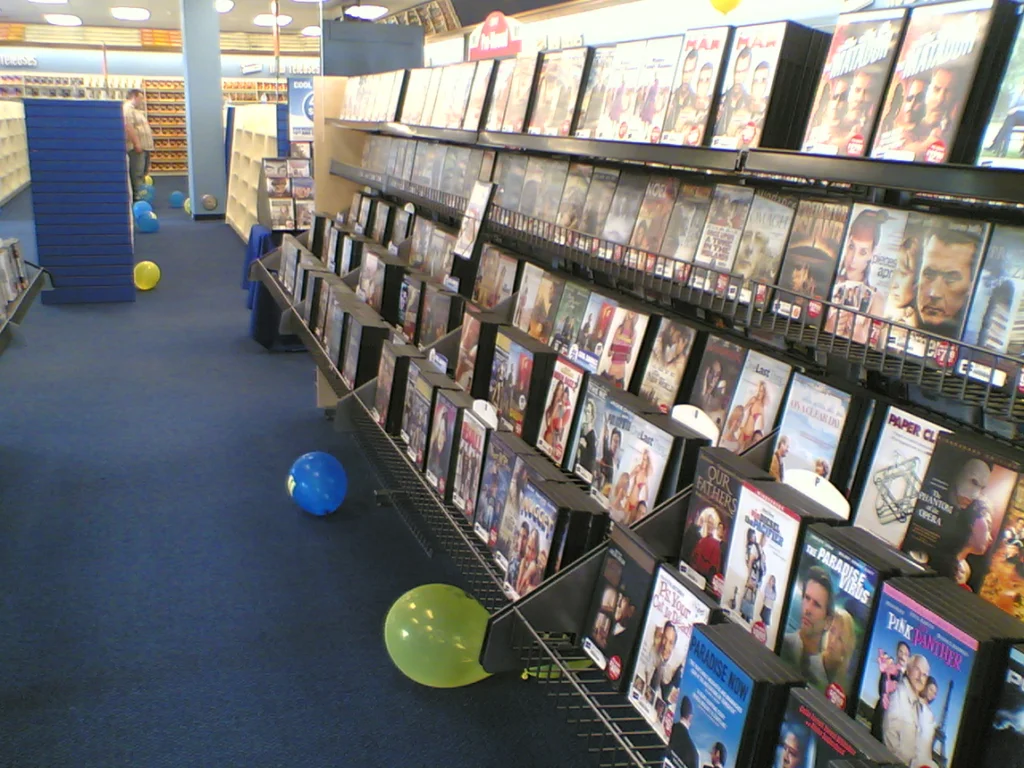
Video rental stores were more than just places to grab a movie – they were social destinations that transformed Friday night planning into an art form. Rows of VHS tapes created a labyrinth of potential entertainment, with friends debating movie choices like critical film scholars. The excitement of browsing, the distinctive plastic smell of new releases, and the careful selection process were communal experiences that no streaming service could ever replicate. Vox has testimony from an insider regarding why this once nostalgic industry fizzled out.
The late fees were a running joke, with some video stores feeling more like financial institutions than entertainment venues. Employees became local celebrities, offering movie recommendations and creating a sense of community around film culture. These stores were the original recommendation algorithms, powered by human interaction and genuine passion.
2. Mall Food Courts: The Social Epicenter
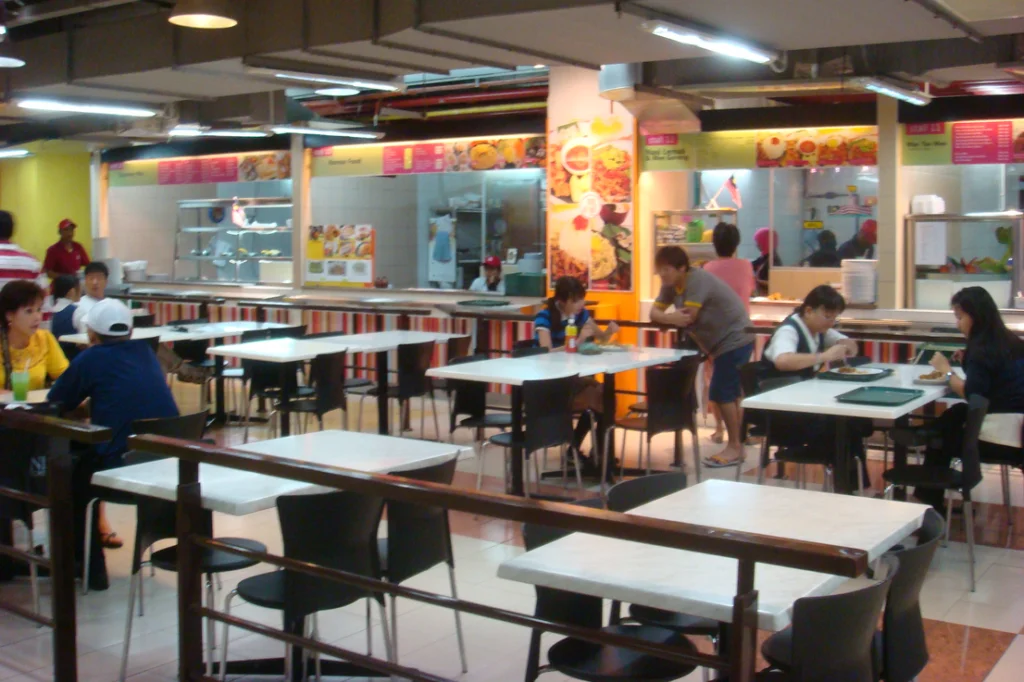
Mall food courts were the ultimate teenage social playground, a magical realm where friends would congregate, share meals, and people-watch with surgical precision. These vast spaces combined cheap food, people from all walks of life, and the potential for unexpected social encounters. Teenagers would spend hours nursing a single soft drink, mapping out social hierarchies and potential romantic encounters. Tasting Table also has a list of some of the most nostalgic in the country.
The food was rarely gourmet, but that was never the point – these were spaces of social performance and connection. Trays would be carefully navigated through crowded spaces, with each table becoming a temporary stage for teenage drama and dreams. Mall food courts were more than eating spaces – they were living, breathing social networks.
3. Record Stores: Musical Sanctuaries
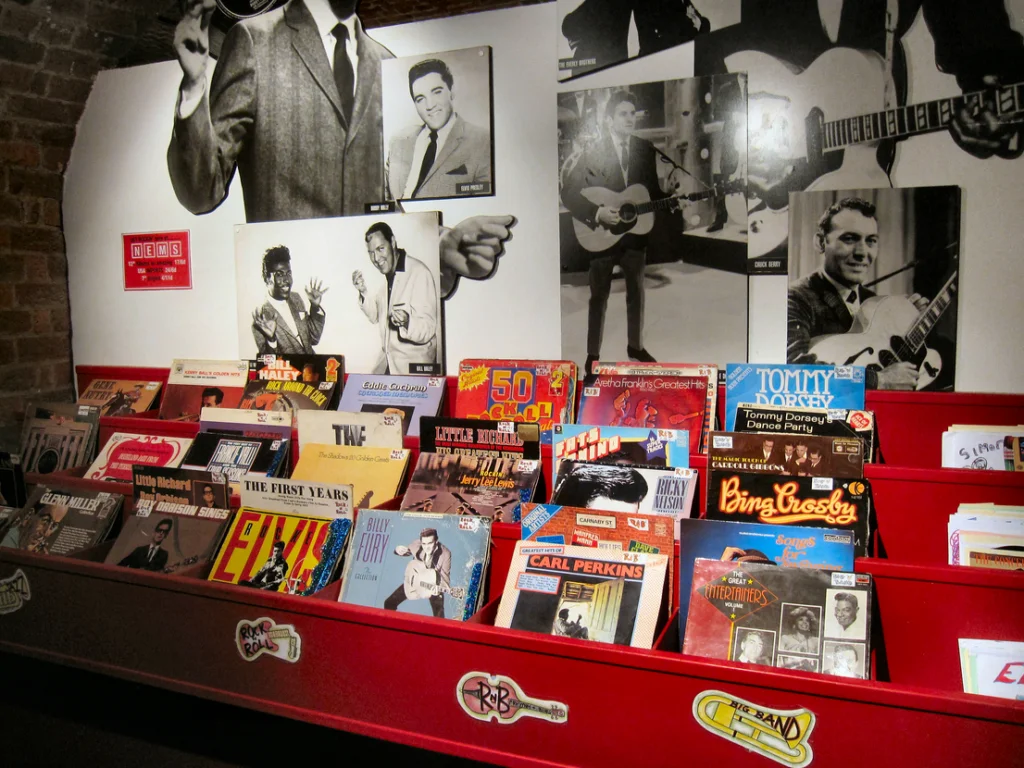
Record stores were sacred spaces where music wasn’t just consumed, but carefully curated and discussed with religious intensity. Rows of vinyl and cassettes created a visual and auditory landscape that spoke to individual identity and cultural connection. Employees were like high priests of musical knowledge, offering recommendations and sharing insider information about upcoming releases. According to Camoin Associates, these venues may be enjoying a solid comeback.
Listening stations allowed potential buyers to sample music before purchasing, turning album selection into a communal, interactive experience. The artwork, the liner notes, the physical act of flipping through albums – these were rituals that digital music could never replace. Record stores were classrooms of musical education, where generations learned about culture through sound.
4. Arcades: The Original Gaming Community
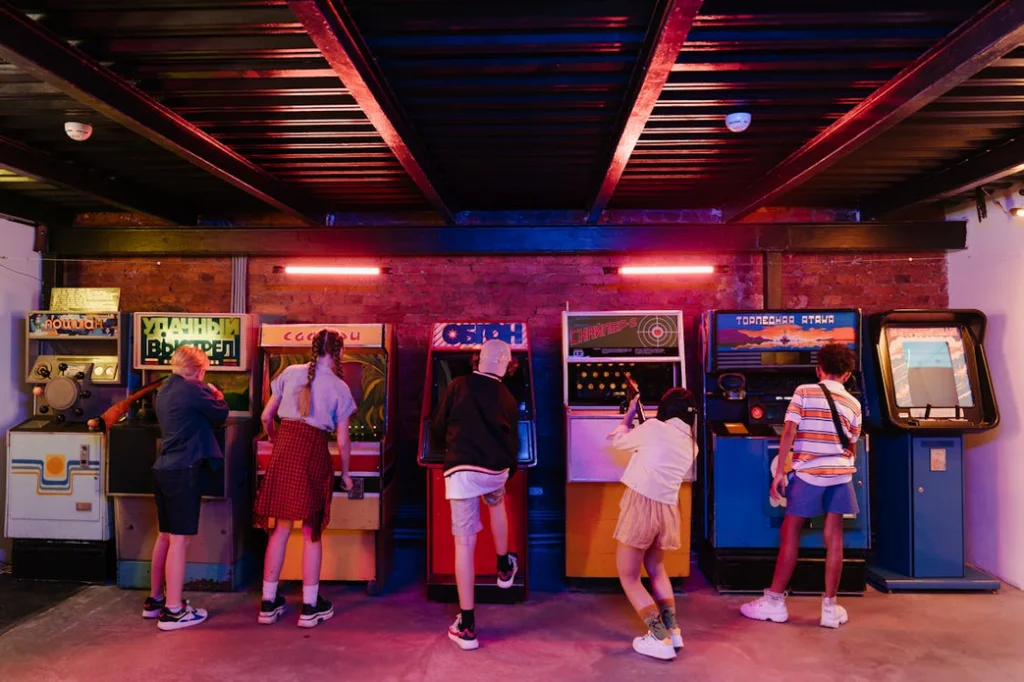
Arcades were electric temples of entertainment, where teenagers would gather to compete, socialize, and spend every available quarter. The cacophony of game sounds – bleeps, bloops, and electronic music – created a unique soundscape of youthful energy and competition. Each machine was a portal to another world, with players gathering to watch skilled gamers navigate complex challenges. The Guardian offers some insights into the troubles arcades experience that led to them being rarer today.
The social hierarchy of arcades was complex, with top players achieving near-legendary status. Teenagers would practice for hours, perfecting moves in games like Pac-Man, Donkey Kong, and Street Fighter. These were the original esports venues, where skill was measured in quarters and reputation was everything.
5. Roller Skating Rinks: The Ultimate Social Mixer
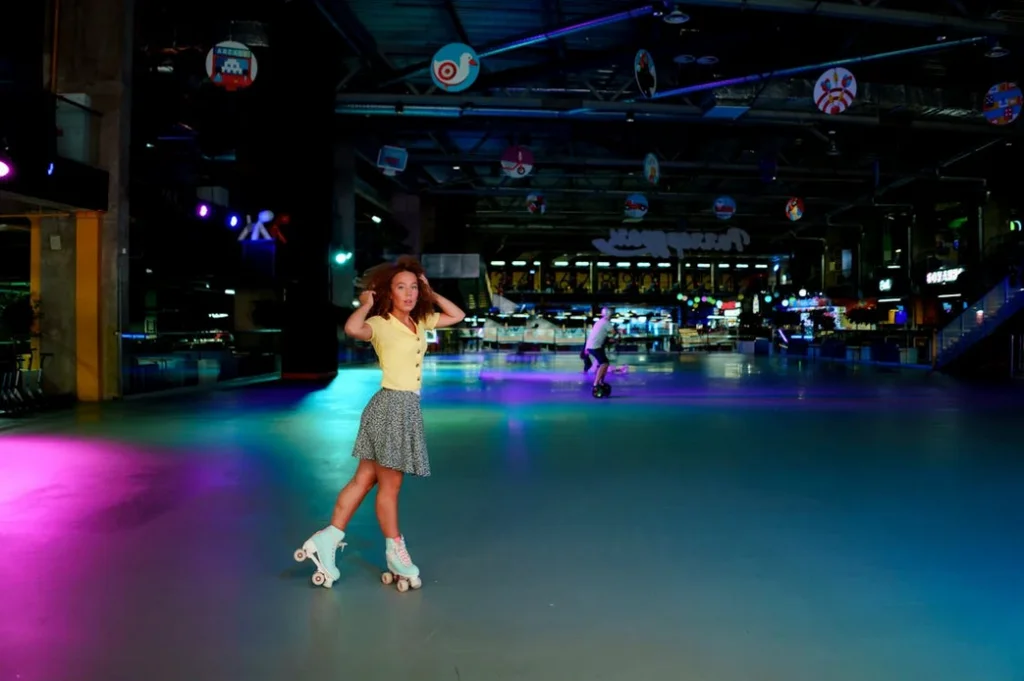
Roller skating rinks were more than just entertainment venues – they were sophisticated social ecosystems with their own complex rules and rituals. The disco ball, the loud music, and the carefully waxed floors created a magical space where social interactions were lubricated by movement and music. Couples would skate together during slow songs, transforming the rink into a romantic stage.
Skating required skill, and those who could move gracefully became instant social celebrities. The rental skates, the sticky floors, and the loud music were all part of a quintessential social experience. These rinks were more than recreational spaces – they were social laboratories where young people learned interaction and confidence.
6. Blockbuster Video: More Than a Rental Store
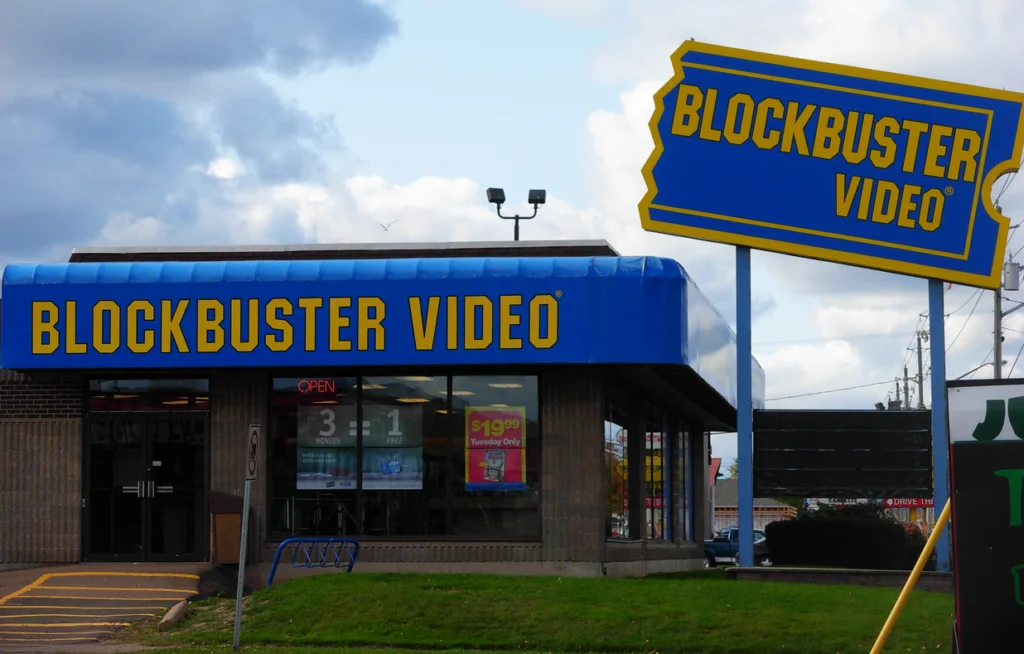
Blockbuster wasn’t just a video rental store – it was a cultural institution that defined weekend entertainment for an entire generation. The blue and yellow logo was a beacon of potential excitement, promising access to movies that would transform an ordinary evening. Choosing a movie was a group decision, with friends debating options like film critics.
The store’s layout was carefully designed to maximize browsing and impulse rentals, with new releases prominently displayed like precious artifacts. Late fees became a running joke in popular culture, a shared experience that connected millions of viewers. Blockbuster was more than a business – it was a Friday night tradition.
7. Comic Book Shops: Nerdy Sanctuaries
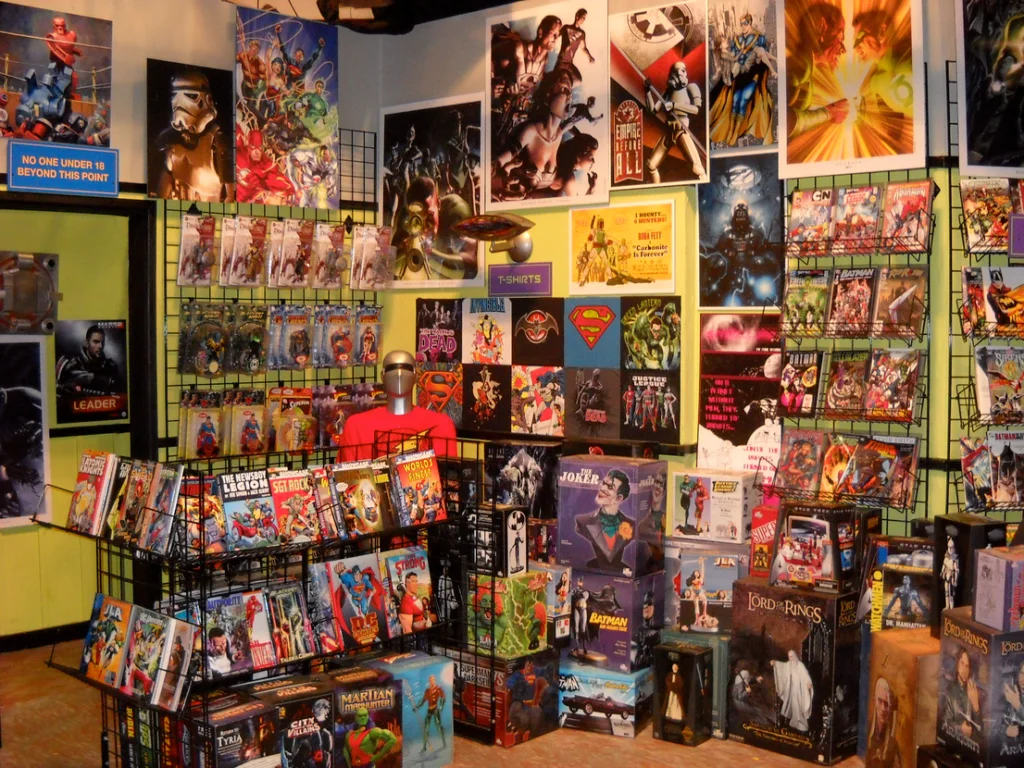
Comic book shops were more than retail spaces – they were community centers for those who lived in worlds of imagination and storytelling. Rows of carefully preserved comics created a visual library of potential adventures, with knowledgeable staff acting as guides through complex narrative universes. These were spaces where pop culture was discussed with academic intensity.
Collectors would trade, discuss, and debate the merits of different storylines and artists. The smell of paper, the carefully plastic-wrapped issues, and the passionate discussions created a unique cultural ecosystem. Comic book shops were classrooms of popular mythology, where heroes and stories were dissected and celebrated.
8. Phone Booths: Communication Stations
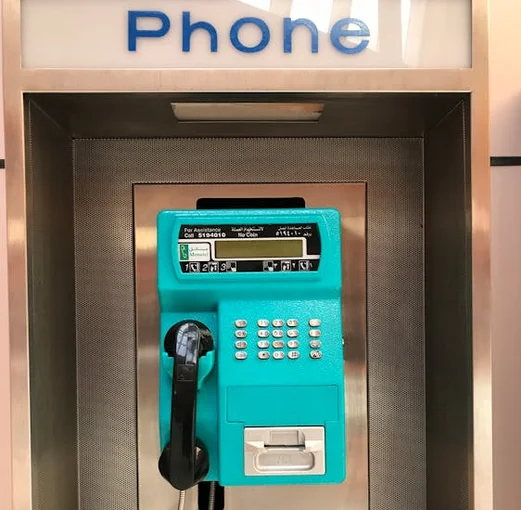
Before cellphones, phone booths were critical communication hubs where social plans were made and secrets were shared. These glass and metal boxes were private spaces in public areas, offering a unique form of communication that required physical presence and commitment. Teenagers would carefully hoard quarters, planning strategic phone conversations.
Clark Kent’s transformation spot became a critical piece of urban infrastructure, allowing communication in a world without instant digital connection. The privacy of a phone booth, the physical act of inserting coins, and the time-limited nature of calls created a different communication experience. These were more than communication devices – they were social connection points.
9. Drive-In Theaters: Automotive Entertainment Venues
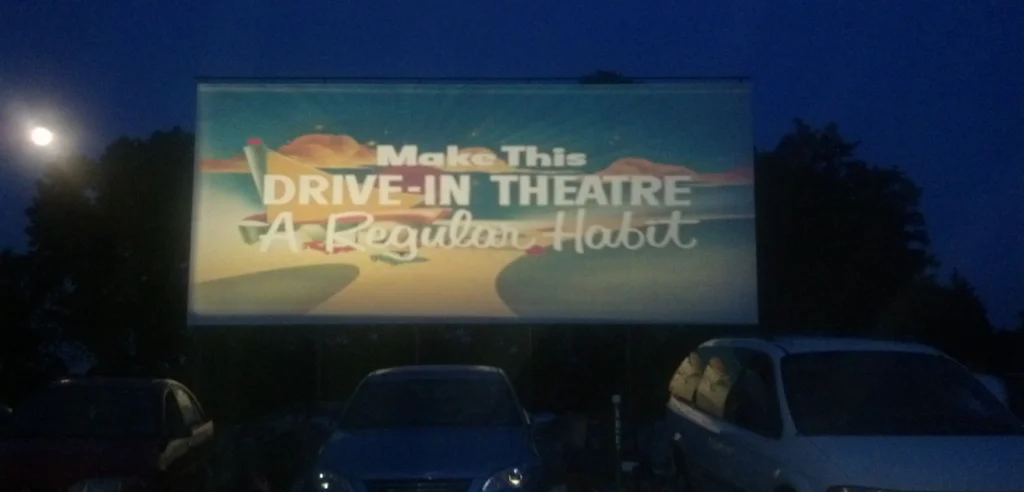
Drive-in theaters were magical spaces that combined movie-watching with social interaction in ways modern theaters could never replicate. Families and teenagers would transform their cars into private viewing rooms, creating intimate entertainment experiences under the stars. The crackling sound from window-mounted speakers created a unique audiovisual landscape.
Each car became a private world, with teenagers finding creative ways to maximize privacy and social interaction. The communal experience of watching a film while surrounded by other viewers created a unique form of shared entertainment. Drive-ins were more than movie venues – they were social experiences that combined technology, entertainment, and personal connection.
10. Teen Dance Clubs: Controlled Social Spaces

Teen dance clubs offered a supervised environment where young people could explore social interactions through music and movement. These carefully regulated spaces allowed teenagers to experience a taste of adult social life under somewhat controlled conditions. The music, the lighting, and the careful social choreography created unique social experiences.
Each club had its own personality, with specific music styles and dress codes creating distinct cultural ecosystems. Teenagers would spend hours preparing for these evenings, choosing outfits and planning social strategies. These were more than dance venues – they were training grounds for social interaction.
11. Pinball Arcades: Mechanical Entertainment Worlds
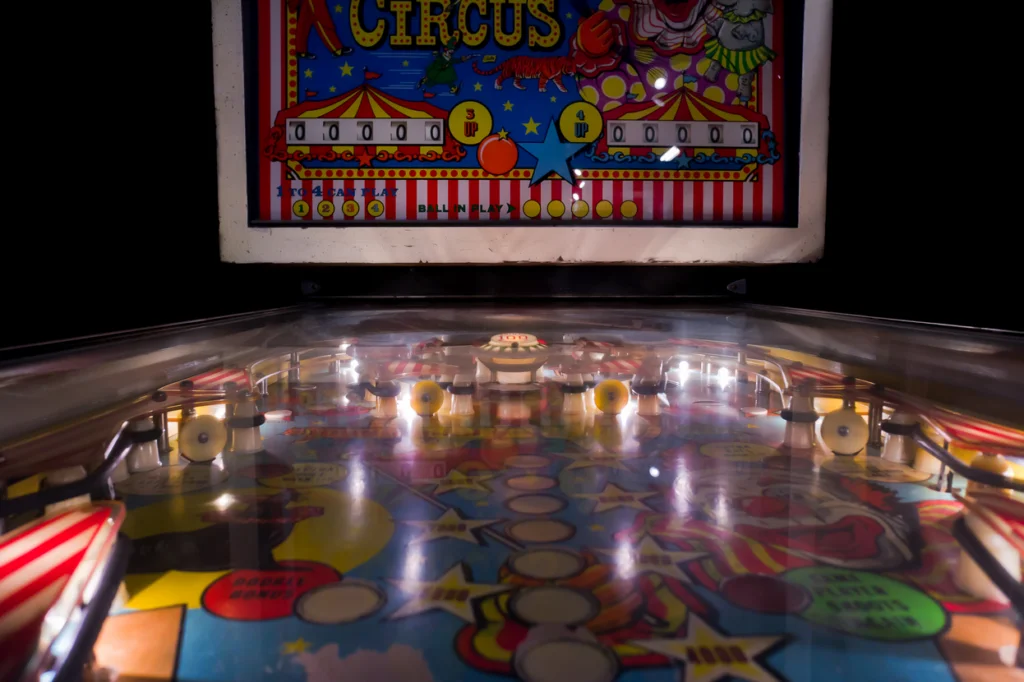
Pinball arcades were intricate mechanical worlds where skill, timing, and a bit of luck determined success. The complex machines were like physical video games, requiring precise movements and strategic thinking. Each machine was a work of art, with elaborate designs and themes that told complex visual stories.
Players would develop personal relationships with specific machines, learning their unique quirks and characteristics. The physical nature of pinball – the flippers, the metal ball, the intricate scoring systems – created a more tactile gaming experience. These were more than game machines – they were interactive art forms.
12. All-Ages Music Venues: Underground Culture Incubators
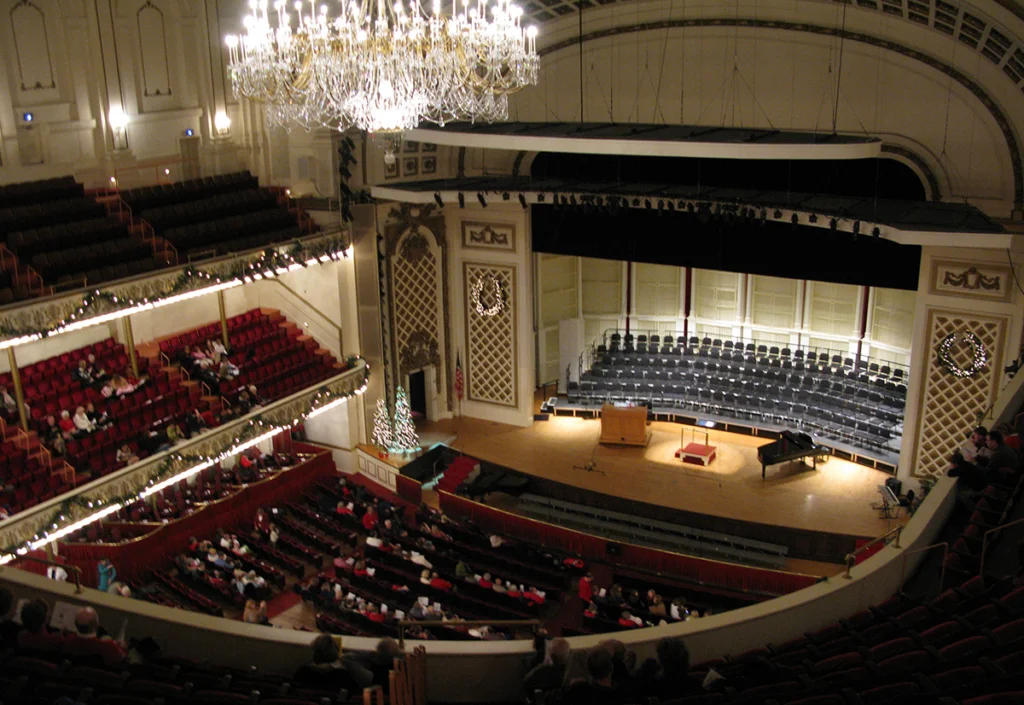
All-ages music venues were critical spaces where underground music scenes were born and nurtured. These often-dingy spaces allowed younger music fans to experience live performances in controlled environments. Local bands would use these venues as launching pads for their musical careers.
The sense of community was intense, with music fans forming tight-knit groups around specific genres and performance styles. These venues were more than performance spaces – they were cultural laboratories where new musical movements were conceived. The energy, the raw passion, and the sense of discovery made these spaces magical.
13. Soda Fountains: Classic Social Spaces
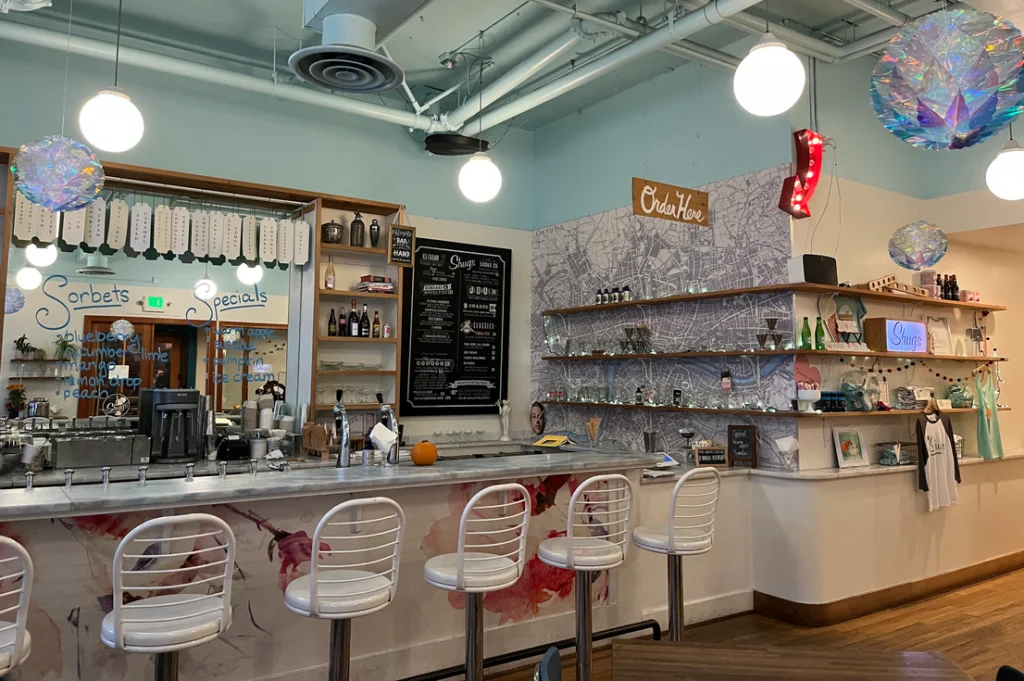
Soda fountains represented a bridge between old-school social spaces and modern cafe culture. These classic establishments offered more than just drinks – they provided a communal space where generations would gather and interact. The art of creating elaborate ice cream sodas and milkshakes was a performance in itself.
Countertop seating, chrome fixtures, and uniformed staff created a specific aesthetic that spoke to a particular moment in cultural history. Teenagers would gather after school, sharing stories and creating social memories over simple refreshments. These were more than food service locations – they were social institutions.
As we look back on these vanished spaces, we’re reminded that social connection is about more than just technology – it’s about shared experiences, physical presence, and collective memory. These locations were more than just places – they were the physical manifestations of an entire generation’s social landscape. So here’s to the spaces that shaped us – may they live forever in our memories.


